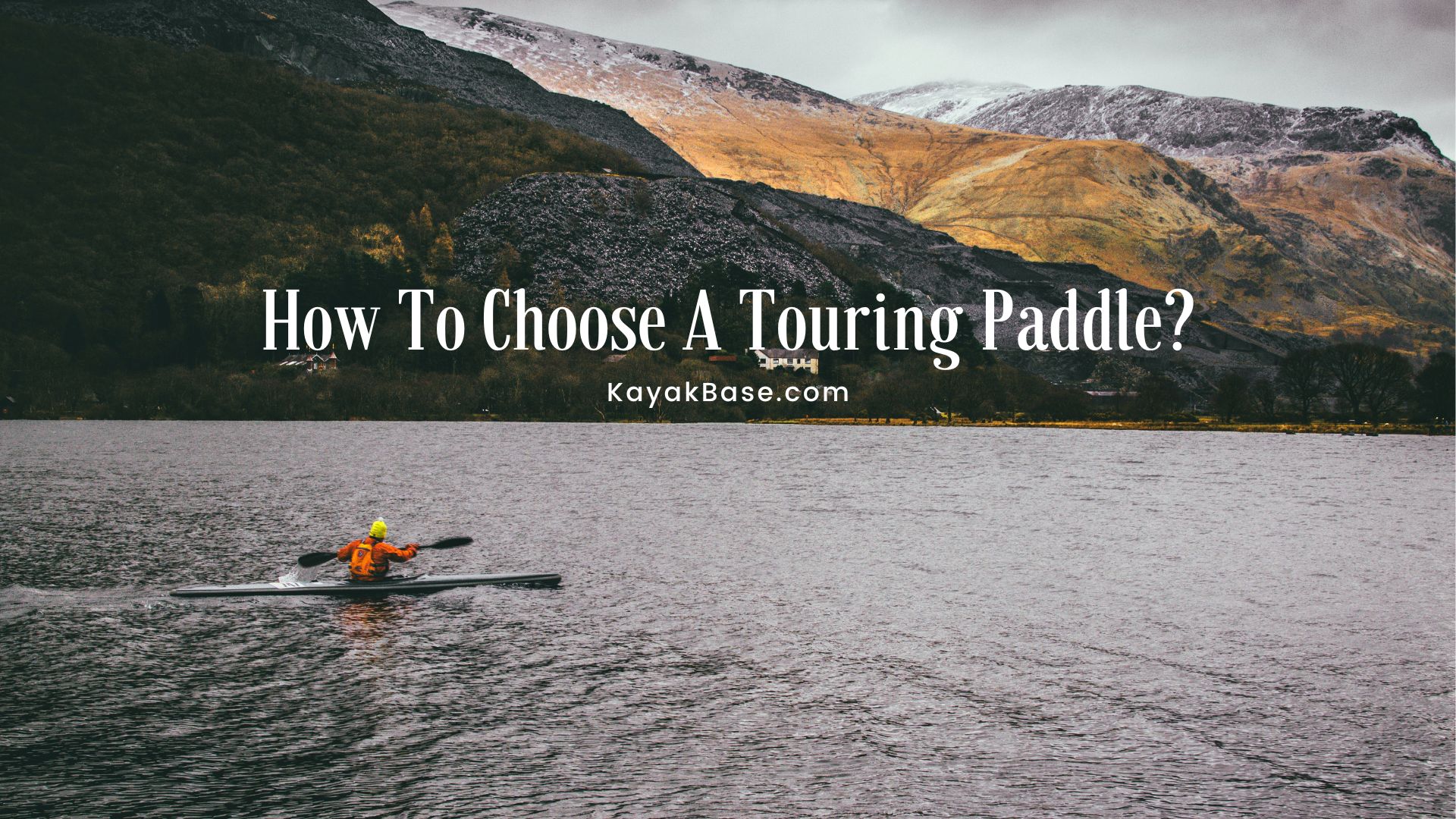Last Updated on February 21, 2023 by Afsar
As someone who has spent countless hours sea kayaking, I can attest to the importance of selecting the right touring paddle. Your paddle is your primary tool for propelling your kayak forward and steering it in the right direction. Choosing the wrong paddle can not only affect your performance and comfort but also compromise your safety while out on the water.
For instance, using a paddle that is too short or too long can put unnecessary strain on your arms, shoulders, and back, leading to discomfort and fatigue over time. On the other hand, using a blade that is too large or too small for your body type and kayaking style can reduce your speed and maneuverability, making it harder to paddle in choppy or windy conditions.
What are the key factors to consider when choosing an ocean kayak touring paddle?
When choosing a touring paddle for ocean kayaking, there are several key factors to consider. These include:
Paddle Length
The length of your paddle is important for ensuring that you can reach the water efficiently and effectively. As a general rule, a paddle’s length should be based on the height of the kayaker and the width of the kayak. Taller kayakers or those in wider kayaks may need longer paddles to reach the water comfortably.
Low Angle Paddling Style
For “low angle” paddling, if you are 6 feet or shorter, use a paddle with a length of 220 cm. If you are over 6 feet 1 inch, use a paddle that is 230 cm long.
If your kayak is wider than 28 inches, add 10 cm to the paddle length after selecting it based on your height.
High Angle Paddling Style
For high angle paddling style, if you are 6 feet or shorter, use a paddle with a length of 210 cm. If you are over 6 feet 1 inch, use a paddle that is 215 cm long.
Generally, kayak width does not affect the paddle length for high-angle paddlers, as they usually use narrower touring kayaks.
Source: nrs.com
Blade Size
The size of the blade on your paddle affects the power of your stroke. A larger blade will create more resistance and generate more power but may require more effort to move through the water. A smaller blade will be easier to move through the water but will generate less power.
Paddle Material and Construction
The material and construction of your paddle affect its weight, durability, and performance. Common materials used in paddle construction include wood, aluminum, fiberglass, and carbon fiber, each with its own advantages and disadvantages.
Paddle Shape and Design
The shape and design of the blade on your paddle affect its efficiency and responsiveness. Common blade shapes include dihedral, asymmetrical, and wing-shaped blades, each with its own strengths and weaknesses.
Low Angle vs. High Angle paddling technique
The low angle and high angle paddling techniques are two common ways of propelling a kayak through the water. In low angle paddling, the paddler uses a longer, narrower blade and maintains a more relaxed, upright posture with a lower angle of attack to the water. This technique is often preferred by recreational kayakers, as it is more efficient and less physically demanding.
In contrast, high angle paddling involves using a shorter, wider blade and a more aggressive, forward-leaning posture, with a higher angle of attack to the water. This technique is typically used by more experienced kayakers who require greater speed and maneuverability, especially in rough or windy conditions.
Both techniques have their advantages and disadvantages, and the choice between them will depend on the kayaker’s skill level, paddling style, and intended use. Some kayakers may also use a hybrid technique that incorporates low and high angle paddling elements to suit their needs.
Feathering
Feathering refers to the angle at which the blades of the paddle are positioned. A feathered paddle can help to reduce wind resistance and improve efficiency. Some paddles have adjustable feathering, while others have a fixed angle.
Grip and Shaft Design
The design of the grip and shaft of your paddle can affect your comfort and control. Some paddles have straight shafts, while others have curved or ergonomic shafts. The grip may also be designed to accommodate different hand sizes and grip styles.
Weight
The weight of your paddle can affect your stamina and endurance. Lighter paddles can be easier to maneuver but may be less durable than heavier paddles.
By considering these factors and how they apply to your specific needs and preferences, you can choose a touring paddle that is comfortable, efficient, and effective for your ocean kayaking adventures.

Afsar is an avid kayak blogger born near the coast. He has a passion for kayaking and started as a child. He has paddled in various conditions and locations and promotes responsible kayaking. Afsar’s blog is widely read, and they are a respected voice in the kayaking community, offering valuable content on kayaking trips, gear, tips, and tricks. Afsar collaborates with other bloggers and brands and continues to inspire others through their writing and social media.

